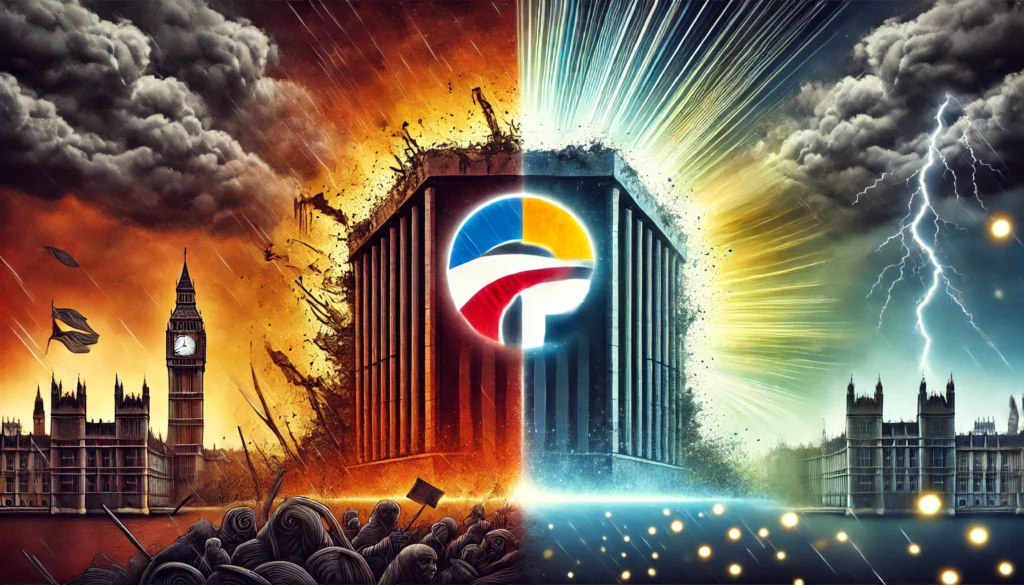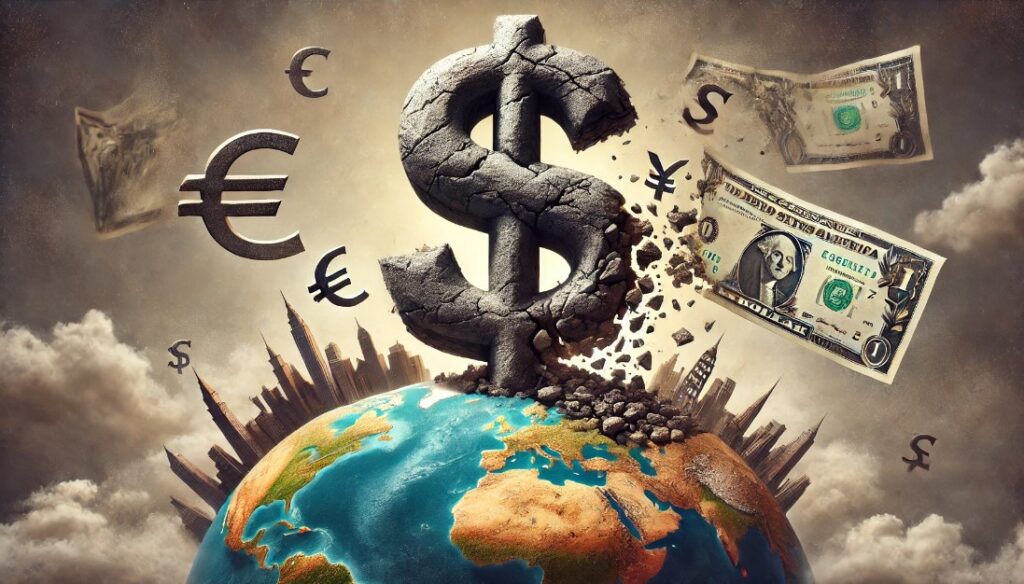“Principles have no real force except when one is well-fed.” –– Mark Twain
The results are in. The dust from the 2024 election hasn’t even settled. But one thing is crystal clear. Donald Trump made gains—everywhere. Across nearly every state, almost every demographic. Even in places where Democrats once thought their base was untouchable, Trump surged.
- Trump’s Gains Across the Board: Trump made historic inroads with non-white voters and the working class, flipping traditionally Democratic strongholds.
- Democratic Identity Crisis: The party of FDR now leans heavily on college-educated and affluent voters, risking its working-class roots.
- Electoral and Moral Crossroads: Without reclaiming the working-class vote, Democrats face a shaky future both politically and ideologically.
Racial minorities? He gained ground. Young voters? A shift. The party of FDR, long seen as the champion of the working class, is becoming something else entirely. Something that looks a lot more like the party of the elite.
How did it come to this?
Once upon a time, the lines were clear. Democrats were the people’s party. The working class, the underdogs. From 1952 to 2004, voters consistently called them the party of the working man. Meanwhile, Republicans wore the badge of big business. The party of the upper crust.
It stayed that way for decades. Even as racial lines hardened. The Civil Rights era pushed Black voters to the Democrats. White, working-class Southerners began drifting Republican. By the late ’60s, Democrats were struggling to hold the presidency. One win between 1968 and 1988. A party in free fall.
But then came Bill Clinton.
Clinton turned things around. He built a broad coalition. Women, young people, voters of color, blue-collar workers. He won twice, carrying working-class whites and non-college voters along the way. For a moment, it seemed the Democrats had found their formula. A new majority was forming.
Obama followed the same playbook in 2008. But he added even more: the professional class. College grads, high earners. They flocked to him in record numbers. It was the beginning of a shift that would fundamentally alter the Democratic Party.
Enter Trump.
In 2016, he blew up the old coalitions. Non-college voters flipped. These were Obama voters in 2012. Trump won them by six points in 2016. Clinton held onto the college crowd but lost the working class. That shift handed Trump the White House.
By 2020, Biden clawed back just enough ground to win. But cracks in the foundation were showing. Hispanic voters drifted right. Black and Asian voters, too. Yet Democrats brushed off the warning signs.
2024 delivered a brutal wake-up call.
Kamala Harris couldn’t hold the line. Trump surged with non-white voters, hitting historic highs across the board. Black, Hispanic, Asian—he made gains with all of them. At the same time, Trump won low-income voters. Union households. The very people Democrats once counted on.
Meanwhile, Harris carried the wealthy. The college-educated. The professional class. For the first time, college-educated whites became the largest group in the Democratic coalition.
The party of the people? Not anymore.
The Morning Muster



